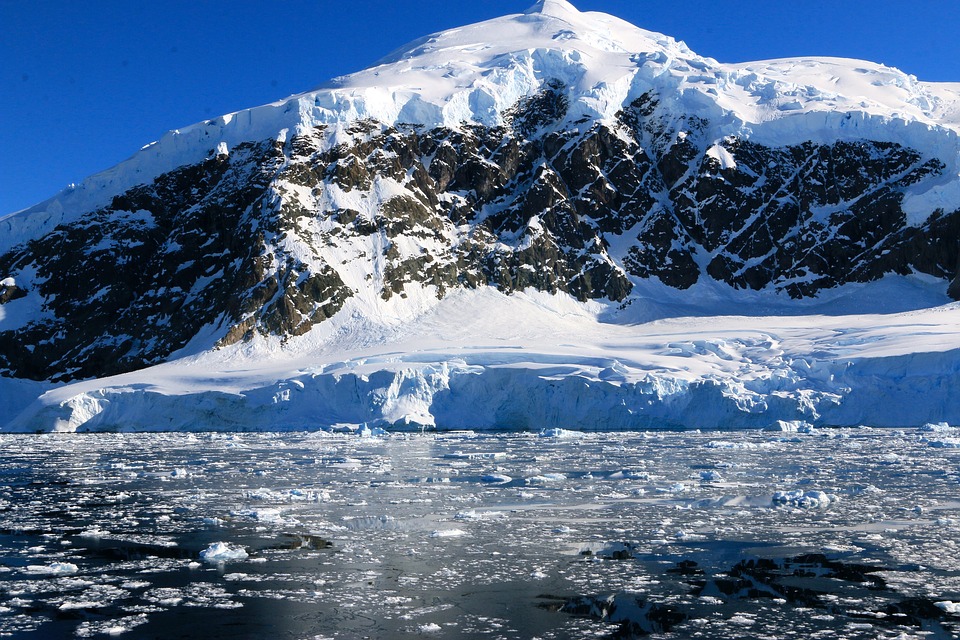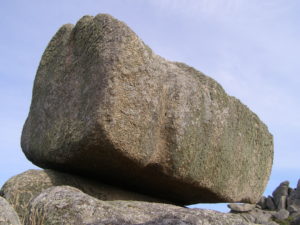ANTARCTICA – In an interesting expedition carried out by scientists in the Mercer Lake, remnants of tiny animals have been uncovered. The mud dredged lake was covered has been covered with a thick mantle of ice for thousands of years. The scientists named this expedition, Subglacial Antarctic Lakes Scientific Access, or SALSA – sample Lake Mercer, a body of water about 600 kilometers from the South Pole. After drilling about a kilometer deep through the ice in late December, researchers lowered instruments that brought water along with sediments up to the surface.
After obtaining the remnants out from Mercer lake, researchers studied and observed the samples under a microscope. They identified that some of the things looked like squished spiders and crustacean type things with legs. On observing some other remains, the micropaleontologist at the University of Nebraska and the expedition member David Harwood said some things resembled worms. Not only this, but the researchers also spotted things which looked like the vestige of a famously durable microscopic critter called a water bear. However, these findings are vague as more clarity about their identity is yet to be found by doing the DNA test of remnants.
It is not for the first time that researchers have carried out an expedition. In the previous research, they had not found anything bigger than microbes. But this time, the researchers are in big surprise as they have discovered bigger size remnants than microbes. However, the expedition team revealed that it is not yet possible to state anything clearly about the newly unearthed animal carcasses. There are two possibilities for the remnants of animals found here. Either these remnants could be left over by the animals who actually lived there or these fragments have been carried in by ice or water from the ocean or lakes further upstream in the Transantarctic mountains. Carbon dating could help to determine the exact age of animal carcasses samples.






Be First to Comment